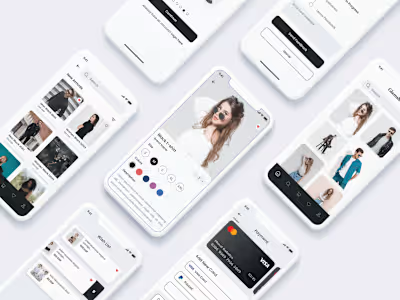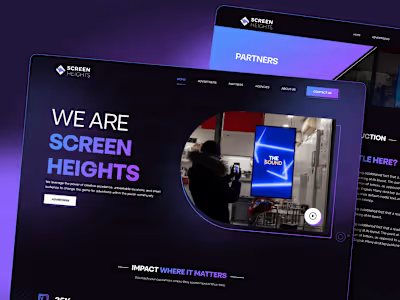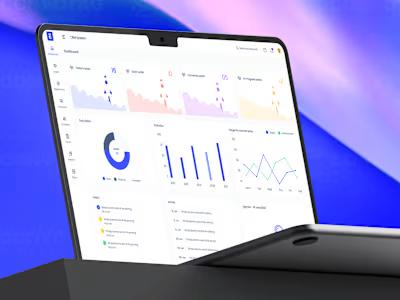HR Integration Solution Website UI UX Design
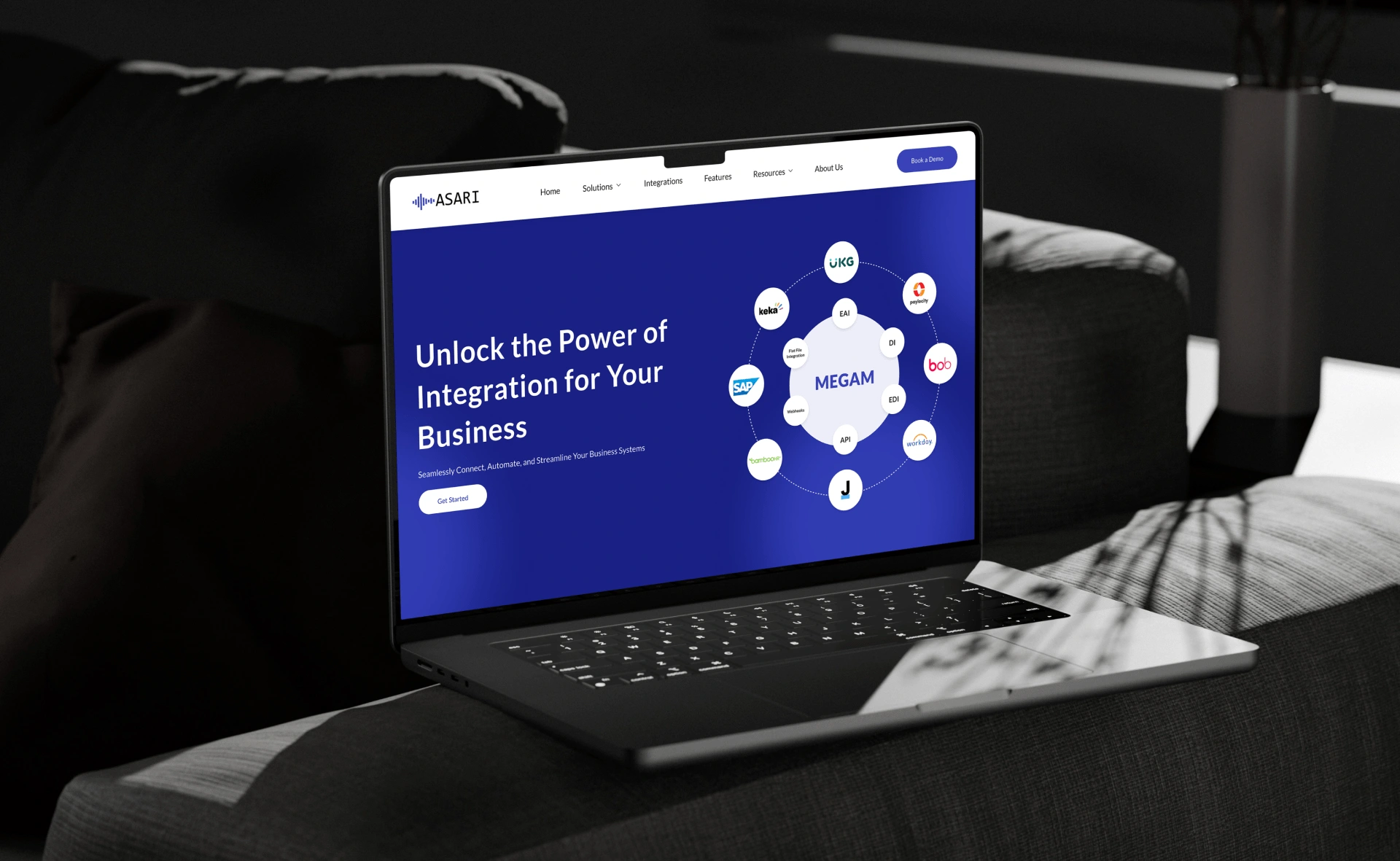
HR Integration Solution Platform
An HR Integration Solution Platform is a centralized, cloud-based, or on-premise software system designed to connect, consolidate, and streamline various disparate Human Resources (HR) applications and data sources within an organization. Its primary purpose is to break down data silos, automate workflows, improve data accuracy, and provide a unified view of HR information across different functions like recruitment, payroll, benefits, performance management, learning and development, and HR analytics.
Key Features often include:
API-driven connectors: To integrate with a wide range of HRIS, ATS, Payroll, LMS, and other HR systems.
Data Synchronization & Mapping: Ensuring consistent and accurate data flow between integrated systems.
Workflow Automation: Automating routine HR processes (e.g., onboarding, offboarding, leave requests).
Centralized Data Repository: A single source of truth for all HR data.
Reporting & Analytics Dashboards: Providing insights into HR metrics and trends.
Security & Compliance: Ensuring data privacy and adherence to regulations.
User Management & Permissions: Defining access levels for different HR stakeholders.
2. Platform Goals
The overarching goals of an HR Integration Solution Platform are to enhance operational efficiency, improve employee experience, and provide strategic insights for better decision-making.
Specific Goals include:
Eliminate Data Silos: Create a unified and consistent view of HR data across the organization.
Improve Data Accuracy & Consistency: Reduce manual data entry errors and ensure data integrity.
Automate HR Processes: Streamline repetitive tasks, reducing administrative burden and freeing up HR staff for more strategic initiatives.
Enhance Employee Experience: Provide employees with easier access to their HR information and self-service options (e.g., viewing payslips, requesting leave, updating personal details).
Increase Operational Efficiency: Speed up HR processes, reduce lead times, and optimize resource allocation.
Improve Reporting & Analytics: Enable comprehensive data analysis to identify trends, measure performance, and support data-driven HR strategies.
Ensure Compliance & Security: Maintain data privacy and adhere to relevant labor laws and regulations.
Reduce IT Overhead: Simplify HR system management and reduce the need for custom integrations.
Facilitate Scalability: Allow the HR tech stack to grow and adapt to the evolving needs of the organization.
3. Role of UI/UX Design
The UI/UX (User Interface/User Experience) design plays a critical role in the success of an HR Integration Solution Platform. Given the complexity of integrating multiple systems and managing sensitive HR data, a well-designed interface is paramount for usability, adoption, and ultimately, achieving the platform's goals.
Key Responsibilities and Focus Areas for UI/UX Design:
User Research & Persona Development:
Conduct in-depth research to understand the diverse needs, pain points, and workflows of various user groups (HR administrators, HR managers, employees, executives, IT support).
Develop detailed user personas to guide design decisions and ensure the platform addresses specific user requirements.
Understand the context in which users will interact with the platform (e.g., desktop, mobile, occasional use, daily use).
Information Architecture (IA) & Navigation Design:
Create a logical and intuitive structure for the vast amount of information and functionalities within the platform.
Design clear and easy-to-understand navigation paths that allow users to find what they need quickly and efficiently.
Map out user flows for complex integration processes, data mapping, and reporting.
Wireframing & Prototyping:
Develop low-fidelity wireframes to outline the basic layout and structure of pages and features.
Create interactive prototypes (low to high-fidelity) to test user flows, gather feedback early, and iterate on designs before development.
User Interface (UI) Design:
Design clean, consistent, and visually appealing interfaces that align with the organization's brand guidelines.
Focus on readability, accessibility, and visual hierarchy to ensure key information stands out.
Design intuitive forms, input fields, tables, charts, and other UI components for efficient data entry and display.
Create clear and concise microcopy, labels, and error messages.
Ensure responsiveness across various devices (desktop, tablet, mobile).
Interaction Design:
Define how users will interact with the platform's elements (e.g., button clicks, drag-and-drop, filter selections, data manipulation).
Design smooth and intuitive transitions, animations, and feedback mechanisms to enhance the user experience.
Consider states for various elements (e.g., active, hover, disabled, error).
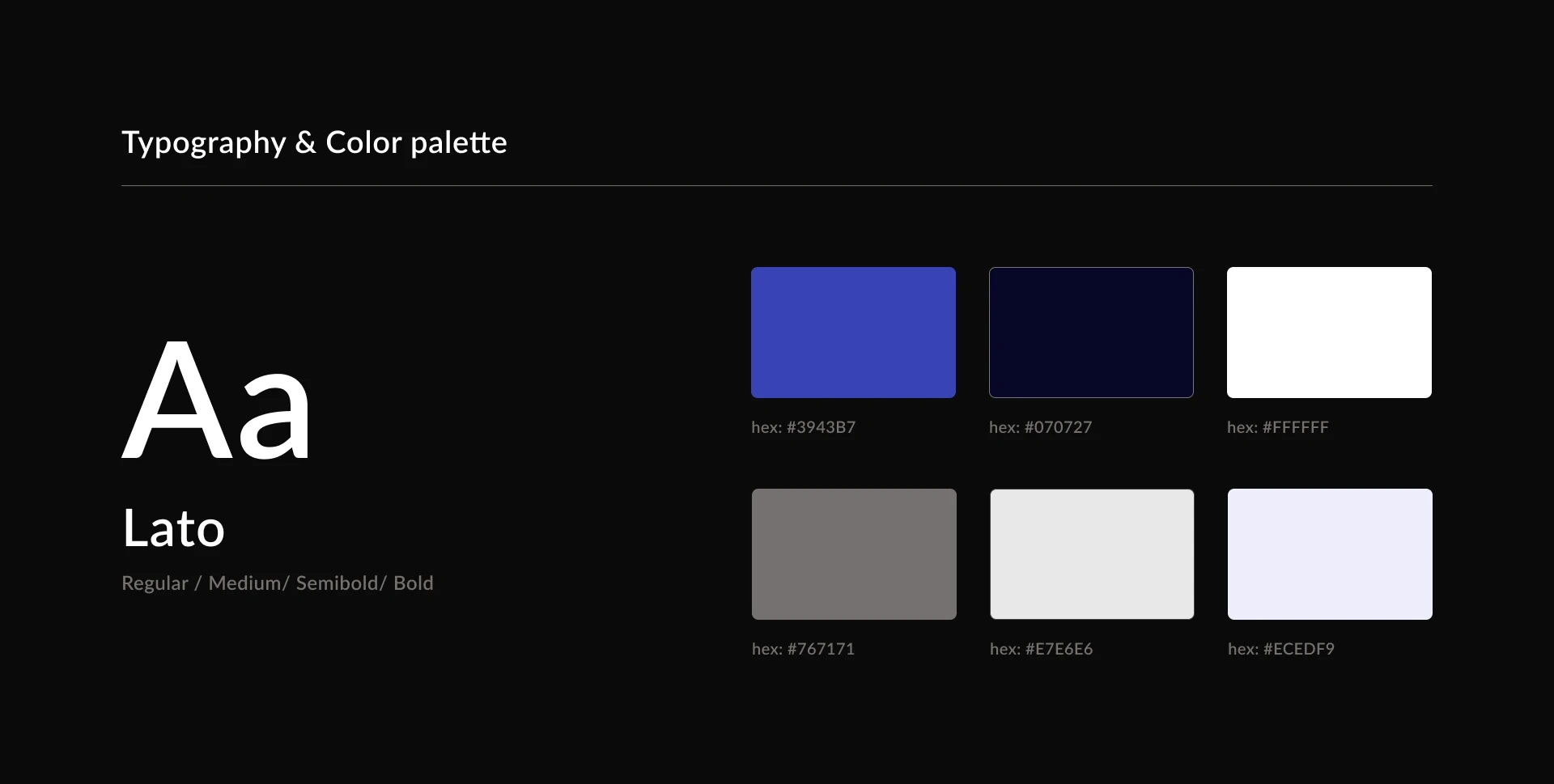
Typography & Color Palette
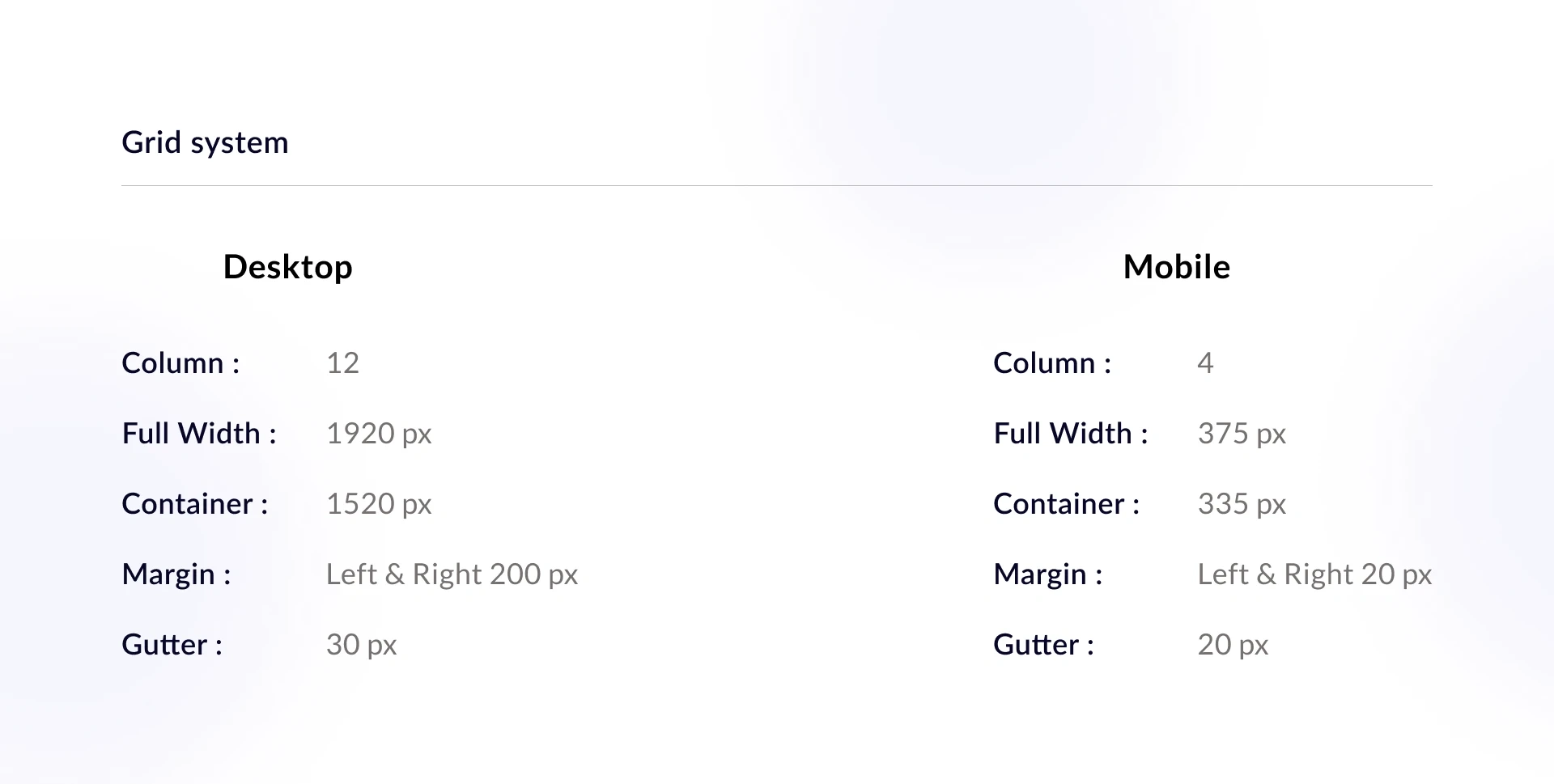
Grid System

Like this project
Posted Jul 24, 2025
HR Integration Solution Platform is a centralized, cloud-based, or on-premise software designed to connect, and streamline various disparate Human Resources
Likes
0
Views
2
Timeline
Jan 6, 2025 - Jan 14, 2025



